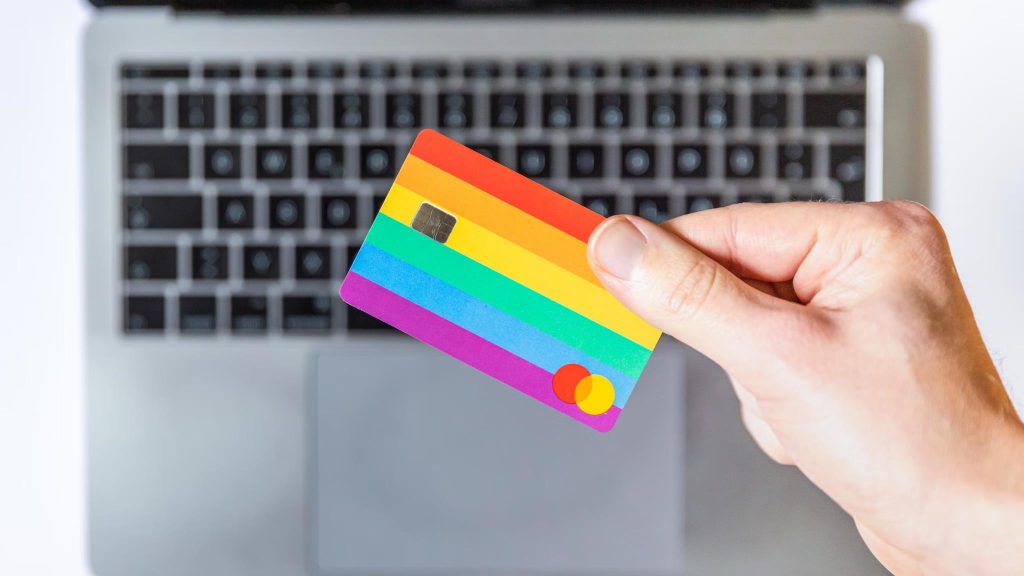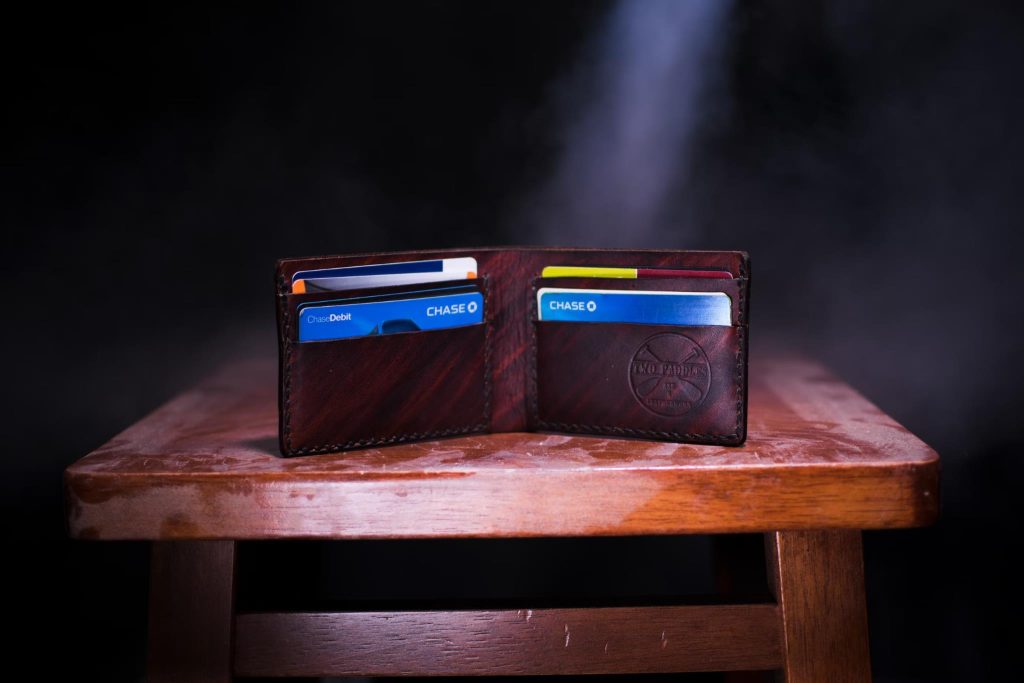Hva Er Debetkort (What is a Debit Card)?
Debit cards are bank account-linked cards used for making purchases and withdrawing cash at ATMs. Many come equipped with personal identification numbers (PINs) for added security and can be used wherever credit cards of similar brands are accepted; but to really understand them, read the following article.
It’s a Type of Credit Card
Debit cards are plastic payment cards used as an alternative to cash and checks. They link directly to an individual’s bank account, enabling them to make purchases and withdraw funds at ATMs. Similar to credit cards, these use money already in your account when paying for purchases while with credit cards use a line of credit you borrow against and eventually repay with interest.
Debit card users can make use of them anywhere from in-person transactions, online transactions, and automated teller machines (ATMs) to ATM transactions, typically with personal identification numbers on them that must be entered to complete each transaction. Cards generally include information regarding which bank issued them as well as card number and expiration date details as well as security code or verification information; some also feature logos of popular brands like Visa or MasterCard to identify them further.
They typically connect to checking or money market accounts; in certain cases, they may also be tied to savings accounts or cash accounts; however, they tend to be linked more closely with checking accounts as they’re easier and safer than carrying cash around with them.
They offer many additional advantages for cardholders beyond being convenient payment tools. For instance, they can be connected with online shopping accounts or mobile applications that track spending habits to help adhere to budget. They help prevent overspending by only permitting spending that matches up with what is in your account balance.
Debit cards may offer many advantages over credit cards; however, they often don’t provide as much protection and don’t usually help build your credit history. Some cards, however, such as prepaid options can be linked with checking or money market accounts, allowing only spending of funds loaded onto them through direct deposit, bank transfer, mobile check reloads, cash loads, etc.

It’s a Way to Make Purchases
Debit cards provide a convenient method of paying for purchases, without the hassle of carrying cash and writing checks. They can be used in-person at stores and restaurants, online, or withdrawn at ATMs – with many even coming equipped with PIN for added protection when making transactions.
Debit card transactions are processed through the credit card network, which sends payment details directly to merchants and banks of cardholders. When someone uses their debit card to buy something, their purchase is deducted directly from their bank account linked with it; thus, preventing overspending and interest charges on outstanding balances.
Most consumers opt for debit cards when making purchases, as they offer both convenience and security over cash and checks. They don’t require cardholders to maintain a minimum balance and they offer superior security over traditional paper checks which could potentially be stolen.
They can be used at almost all places that accept credit cards, from restaurants and retailers to government organizations and even government organizations. Their use is straightforward – simply swipe at checkout or enter your number when paying online – while their safety ensures most card issuers offer a no-liability policy for fraudulent charges reported within two business days of seeing them on your statement.
The best ones are issued by banks and financial institutions that offer multiple features, such as PIN withdrawal at an ATM and rewards programs with cash back, coupons, promo codes, or discounts. Some cards also affiliate themselves with major credit card networks like Visa or MasterCard for easy usage in places accepting these brands.
It’s a Way to Make Withdrawals
Debit cards allow you to pay for goods and services both in person and online using money directly from your checking account, while ATM withdrawals also use them for withdrawal purposes. However, according to information garnered from links on this site – https://www.kredittkortinfo.no/debetkort/ – they do not carry balances and do not provide access to lines of credit; all funds used come directly from a cardholder’s bank account and must be returned within a specified time period or interest charges may apply and late fees be assessed accordingly.
Debit card transactions are quick and convenient, unlike credit card payments which may take several days to clear. As your money comes directly out of your bank account when paying with debit, there’s less likelihood of incurring debt than with credit purchases; payments are taken directly out of it so spending can easily be tracked on these cards.
When using your debit card online shopping, the machine will require your bank’s name and account number as well as your personal identification number (PIN), which should remain safe to prevent unauthorized usage of the debit card. Your PIN serves as your secret code and should remain private to avoid misuse. While changing it when necessary is acceptable, make sure it’s something easy for you to remember for maximum effectiveness.
Some of them offer rewards, including cash back. Retail partners usually provide these, while banks often have their own card loyalty programs and may even offer mobile apps that let you monitor your spending and stay informed.
They provide access to goods and services at millions of merchants as well as ATM withdrawals, depending on your bank. Some of them come without annual fees, providing another tool for managing finances and controlling spending.

It’s a Way to Get Cash
Debit cards provide a quick and easy way to access cash, online purchases, and direct deposits into bank accounts. Each purchase made using the card deducts money automatically from that account – however not everyone can qualify – poor credit and lack of income can prevent individuals from qualifying, while immigrants and people living in poverty cannot always gain access to their own bank accounts and thus do not qualify.
When making purchases with their debit card, cardholders must present proof of identity and provide their Personal Identification Number (PIN), usually four digits, but longer if needed. This PIN serves to protect their account information against unauthorized use; once entered it confirms the transaction. They are widely accepted at stores, online merchants, and ATMs worldwide and can even be used with mobile wallets for mobile payment solutions.
Some partner with major credit card brands such as VISA and MasterCard to enable users to use them wherever these branded cards are accepted, providing more transactions than could ever be completed with traditional checks alone. It’s important to keep in mind that your debit card is an instrument of payment, and you should use it responsibly to avoid costly fees.
They offer another advantage for managing finances: encouraging savings instead of overspending on purchases with credit cards that can quickly turn into expensive debt. They can also be an ideal option for college students. Most campuses accept them at the same places that credit cards are accepted and many even provide rewards for frequent usage.
Some banks even offer special debit cards designed just for students enrolled at specific universities. Just be sure to verify the minimum age requirements for your bank and account type if you’re under 18 – most banks require one of your parents or guardians as co-account holders in this instance.


